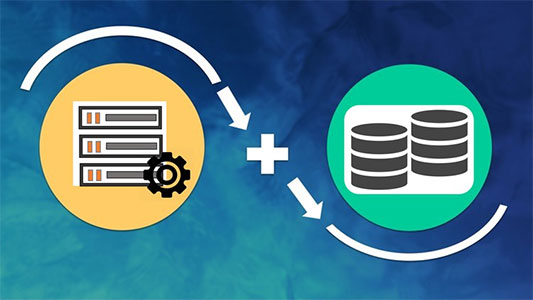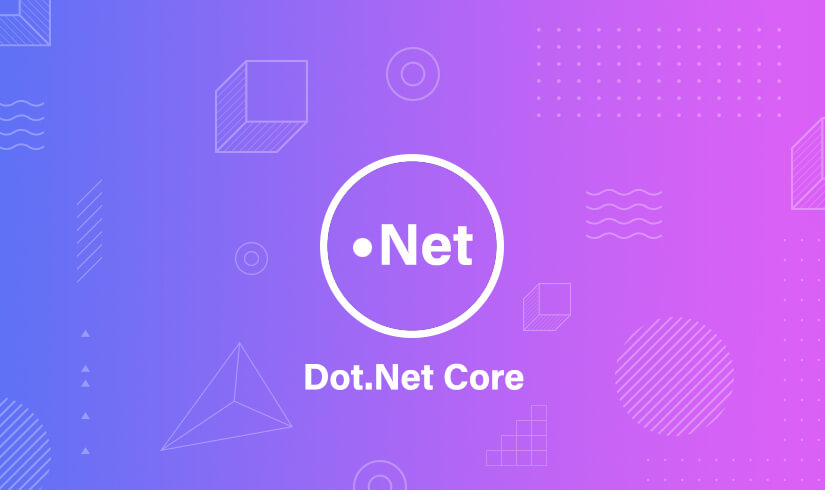SAP’s programming language has played a pivotal role in the ERP giant’s products over the years. As the software company transitions to its next-generation S/4HANA suite of cloud and on-premise solutions, many existing ABAP applications will need to be updated for the new platform.
While ABAP can still run on the HANA database, there are some fine points to take into consideration when coding on this new system. Specifically, ABAP on HANA can be more efficient with a few code changes.
The SAP ABAP programming language has been used to create software for more than three decades. Its use is widespread in the enterprise, with thousands of developers coding for SAP customers and consulting companies. It’s also one of the most popular computer programming languages, frequently appearing in Tiobe’s rankings.

Until recently, most SAP systems ran on a legacy system called the ERP R/3 or ERP ECC, which was based on ABAP. When SAP introduced its next-generation S/4HANA solution in 2015, the software company rolled multiple aspects of the previous ERP processes into a single suite with its own modern user interface and analytics tools. It also shifted to an in-memory database named SAP HANA, which has become the foundation for SAP’s next-generation solutions.
With the introduction of S/4HANA and SAP HANA, SAP rewrote its entire product lineup with an emphasis on advanced analytics and machine learning. The new solutions offer a more user-friendly SAP Fiori user experience and support functions such as embedded analytics, robotic process automation, artificial intelligence, and the CoPilot digital assistant. However, S/4HANA does not yet support some key ABAP features such as OLAP and ad hoc querying.
In addition to a more modern user experience, S/4HANA and SAP HANA offer significant improvements in performance, scalability, and usability. Specifically, they are more responsive and allow for data-centric UI operations such as sorting, grouping, or aggregation to be performed directly on the database layer rather than the traditional UI. They also support column-based storage, data aging and dynamic tiering, provisioning capabilities, and high availability and disaster recovery.
ABAP on SAP HANA offers improved coding techniques that make the most of the powerful in-memory database. For example, the new ALV with IDA feature provides an in-memory optimized variant of the ALV re-use component that allows for the delegating of all data-centric UI operations to the database. As a result, the UI can be refreshed much more quickly.
Additionally, ABAP on SAP HANA improves the efficiency of ABAP by allowing developers to logically separate SQL retrieval and application processing. This is accomplished by introducing concepts such as ad hoc querying in CDS, AMDP, and OpenSQL for ABAP on HANA. In addition, the ABAP on HANA Optimizer checks for Native SQL statements in ABAP programs, explicit DB sorting, and implicit DB sorting to ensure that ABAP code is agnostic of the underlying database. This makes the migration from ABAP on NetWeaver to ABAP on SAP HANA easy for any experienced ABAP developer.





